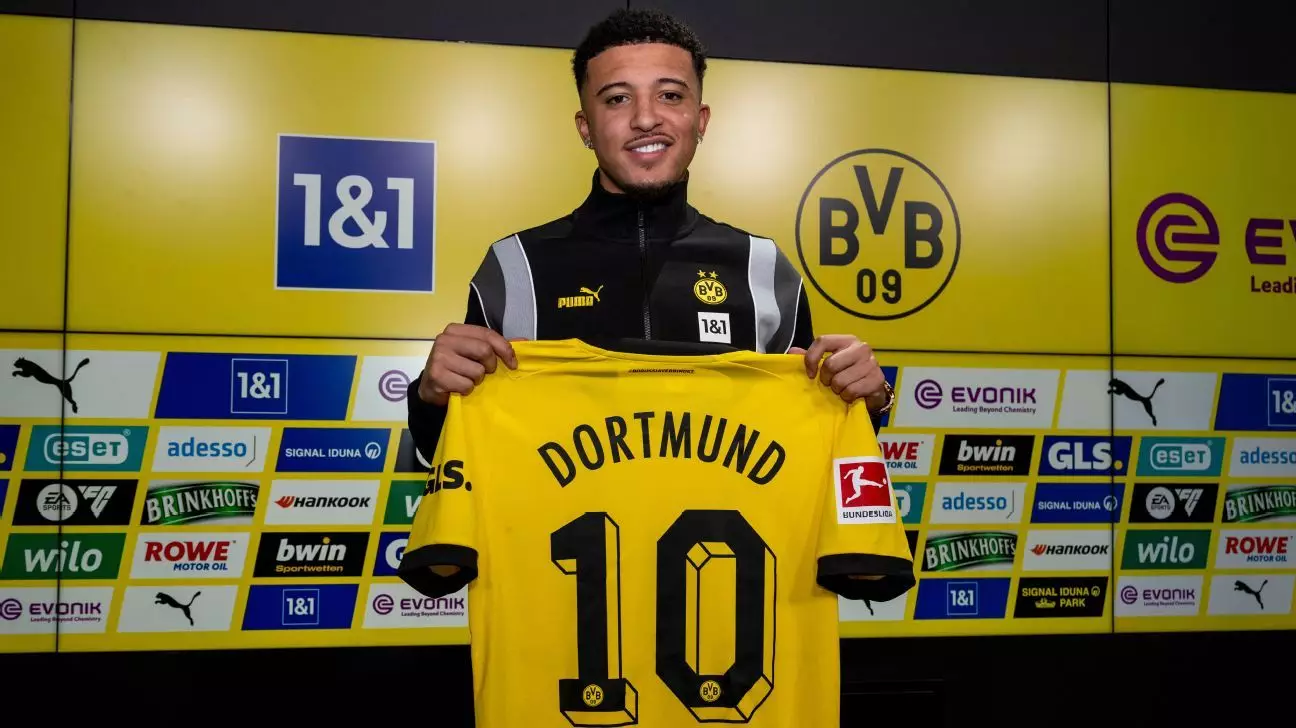Just over a year ago, Premier League clubs went on a spending spree during the January transfer window, breaking records by collectively spending over £800 million. However, fast forward to the present day, and the situation has drastically changed. Premier League clubs have been much more frugal in this year’s January transfer window, with only around £50 million spent so far. This article examines the reasons behind the lack of spending and explores the implications of this trend.
The primary reason for the limited spending in this January transfer window is clubs’ fear of financial fair play (FFP) and profit and sustainability rules (PSR). FFP, enforced by UEFA, requires clubs involved in UEFA competitions to spend wisely and avoid excessive financial losses. Additionally, the Premier League now has its own financial watchdog called PSR, which restricts clubs from losing more than £105 million over a three-year period. Everton and Nottingham Forest have already been charged with breaches of these rules, emphasizing the potentially devastating consequences, such as points deductions. As a result, clubs have become more cautious and are tightening their purse strings, leading to a decrease in transfer activity.
In an interesting turn of events, some Premier League clubs have shifted from being big spenders to fending off interest in their own players. Newcastle United, despite being the richest club in the world under the ownership of Saudi Arabia’s Public Investment Fund, finds itself struggling to make new signings due to financial constraints. Instead, they are focused on retaining key players like Bruno Guimarães and Kieran Trippier. This reversal reflects the changing dynamics in the football market, with clubs from other leagues sensing an opportunity to raid the Premier League for talent rather than the other way around.
The lack of significant transfer activity can also be attributed to the stalling of the Saudi Pro League (SPL) project. The SPL had been aggressively pursuing high-profile European players, potentially injecting more spending money into the market. However, to date, SPL clubs have made relatively modest acquisitions, with the most notable being Marseille left-back Renan Lodi’s move to Al Hilal for £20 million. The SPL’s focus has shifted from recruitment to retaining their previous summer’s signings, highlighting a change in PR landscape and potentially dissuading players from moving to Saudi Arabia at this time.
While the lack of notable permanent deals is apparent in this year’s January transfer window, loan deals have dominated the market. Loan moves typically provide players with an opportunity to reset and gain more playing time. Out-of-favor players like Jadon Sancho and Donny van de Beek have escaped their Manchester United troubles through loan moves to Borussia Dortmund and Eintracht Frankfurt, respectively. Other loan deals involving players like Eric Dier, Fabio Carvalho, and Timo Werner signify a similar trend. However, these loan deals do not generate as much excitement or have the same financial impact as big-money permanent transfers.
Premier League clubs’ limited spending in this year’s January transfer window can be attributed to various factors. Fear of FFP and PSR, the trend of clubs becoming sellers, the stalling of the SPL project, and the dominance of loan deals have all contributed to the lack of major transfer activity. While there is still time left in the window, it is unlikely that any late record-breaking transfers will occur. The financial landscape and cautious approach of clubs have fundamentally changed the dynamics of the transfer market, and this trend may continue to shape future windows.
